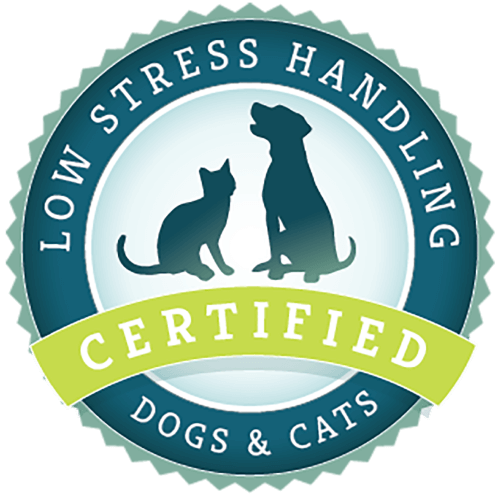What article are you looking for?
Recent Articles
Enrichment for Senior Dogs
What is Enrichment and Why is it Important for Senior Dogs? Enrichment is offering experiences and opportunities to animals to encourage healthy natural behaviors and enhance physical and emotional welfare. Enrichment is often broken into two broad categories: environmental and social. Environmental enrichment alters the animal’s space either by making changes to the environment itself or by adding novel items such as toys, feeding puzzles, exercise, and things to smell and explore. Social enrichment involves offering positive social experiences for the animal with people or other animals. Enrichment is important for all species of animals, including people! Sometimes we enrich
Nail Trims in Kittens
Technique for Kittens If you have a kitten, your work starts now! Between three and nine weeks, kittens are at an important age for socialization. Now is the time to expose your kitten to other people, animals, and situations such as nail trims. Treats are the best rewards to use with your kitten. This will help them associate nail trims with a positive experience. Kitten on back Photo Courtesy of CattleDog Publishing First, figure out what position your kitten prefers. Choose a position that will keep your kitten at ease and that will allow you to
Resource Guarding in Dogs
What is resource guarding and why does it occur? Resource guarding is a relatively common behavior problem in dogs. It is defined as a dog using avoidance, threatening, or aggressive behaviors to retain control of food or other items in front of a person or other animal. Sometimes, the signs of resource guarding are subtle. In these cases, your dog may show avoidance behavior or mild signs of aggression and anxiety such as stiff or crouched body posture, pinned back ears, lip licking, and physically blocking access to the resource. The aggression may escalate to more severe and overt signs
How to Stop Pulling
Why do dogs pull when leashed? Leash pulling is a common complaint among dog owners. Why do they do it? The world is an exciting place full of new scents, sights, sounds, playmates, etc. Leash pulling is a self-reinforcing behavior, which means that when the dog pulls, they get to go where they want, which is not necessarily where you want to go. Since the behavior works, the dog is likely to continue doing it. What do you want instead? Picture what you would like your dog to do, instead of pulling. For most people, teaching their dog to walk
Desensitizing Your Dog to a Muzzle
Why use a muzzle? Comfortably wearing a muzzle is a great skill for any dog to have. Chances are it will be necessary to wear one at some point during their life. The veterinary hospital is the most common place a muzzle may be needed. Some veterinary procedures are painful and having a dog who is comfortable wearing a muzzle is beneficial. Acute abdominal pain, trauma (such as a broken leg), or back pain are examples of issues an owner may encounter at home with their dog that can be extremely painful. Any dog has the potential to bite and
Identifying a Qualified Dog Trainer or Behavior Professional
All it takes is a quick internet search, and you will be met with an overwhelming, never-ending list of animal trainers. It can be confusing to navigate this. There are several training programs, certifications, and credentials available for trainers and behaviorists. Be aware that ‘behaviorist’ is not necessarily a specific legal term: those with an MS or PhD in behavior are called ‘behaviorists;’ people without these or any credentials may be allowed to self-adopt the term ‘behaviorist.’ Additionally, while some credentials can be beneficial in many cases, they are not a guarantee that your trainer is using ethical, humane, or
Looking for certifications instead?

Low Stress Handling® Silver-Level Certification
Individual Certification at this level demonstrates to clients and employers the individual’s dedicated interest in Low Stress Handling®. Hospital Certification at this level demonstrates to clients and staff the hospital’s commitment to appropriately training staff in Low Stress Handling® methods.
Learn More
